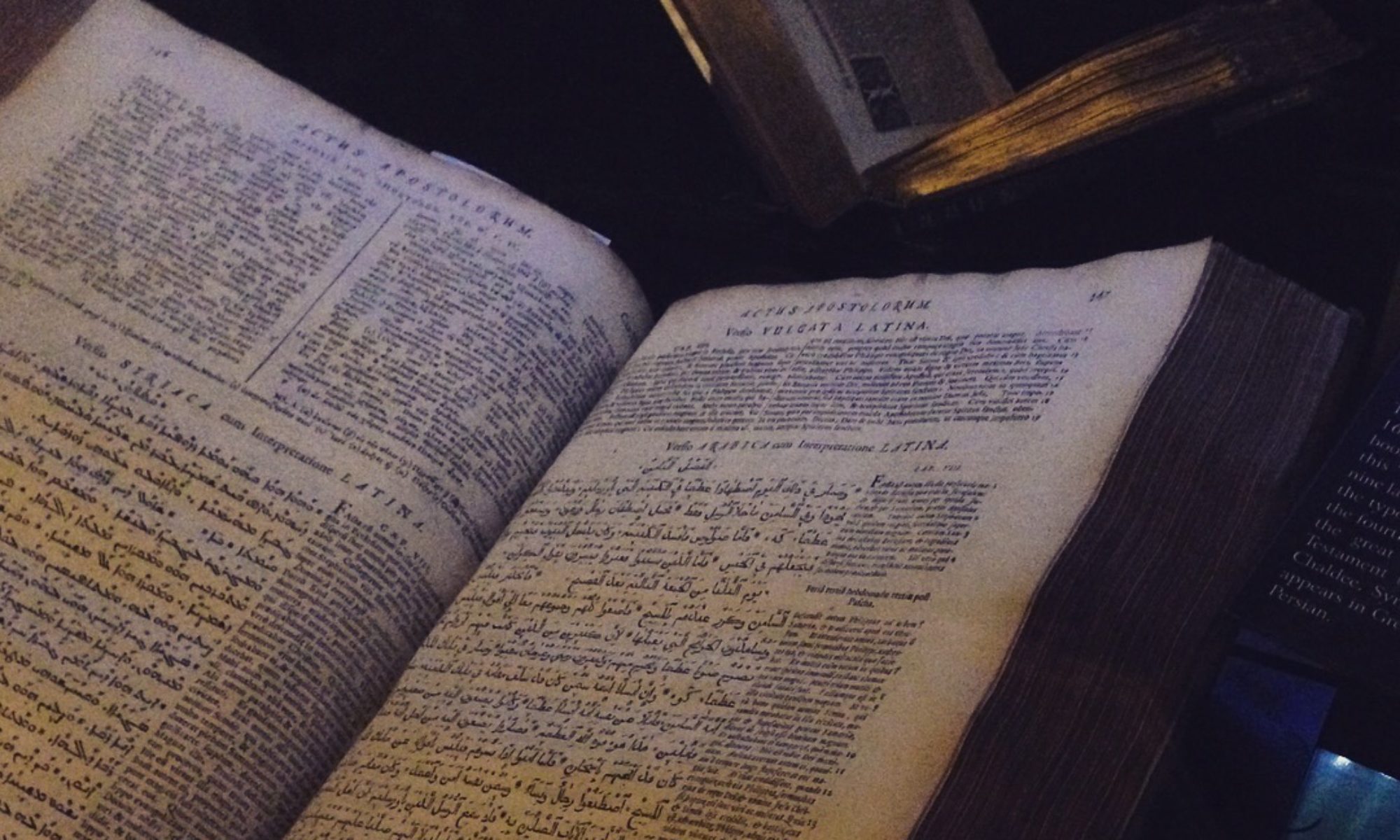If you are any sort of acquaintance of mine in real life, you know that I am obsessed with Tolkien. My dad introduced me to the movies when I was thirteen, and after loving them, it didn’t take long for me to read every Tolkien book on our bookshelf: after which, I promptly went out and bought more. The characters were so interesting; the stories so grand and epic. Every detail, person, and place was so fleshed out, I felt as though I really was stepping into a different world.
My favorite Tolkien book has always been the Silmarillion: The first time I tried to read it, I actually didn’t finish! I got confused and let it sit, but after a few months, I thought I’d give it another shot. I was dedicated to this book: I kept timelines, drew family trees, memorized names, cross-referenced to other Tolkien works… and honestly, I still remember most of it. After doing all this work on the Silmarillion, I went back and re-read the The Lord of the Rings, and was so excited by what I found.
Sprinkled throughout The Lord of the Rings and The Hobbit are references to the Silmarillion. Small asides, or comparisons that characters or Tolkien himself made, suddenly made perfect sense in light of what I had just learned. When Aragorn is singing The Lay of Luthien, I can actually understand the comparison he is drawing. When Gandalf says that the swords in the troll cave are from Gondolin, I knew exactly where that was and why it was significant.
This quite literally blew my mind and only fueled my obsession with Tolkien’s writing for quite some time.
When I started high school, I had to read something I was much less interested in: The Odyssey, attributed to Homer, is an epic poem written in Greece some 2,500 years ago. It tells the story of Odysseus trying to return home to Ithaca after the Trojan War, and why it takes him ten years to do so.
As with most Greek heroes, Odysseus was not a great guy, so I didn’t really like him or consequently, the book. However something interesting did occur to me while reading it: Unless you were very knowledgeable about Greek mythology and the story of the battle of Troy, a lot of the tie-ins and comparisons in the poem won’t make sense to you. We understand that Odysseus is sad, all these people died, but not until you read the Iliad (Homer’s other famous work), do those names hold any significance. The need of Athena to keep herself hidden from Poseidon while she helps Odysseus doesn’t really mean anything unless you have a general understanding of the Greek gods relation to one another.
Now what does this have to do with Tolkien? Well hopefully you can see the same parallels I did. Tolkien’s world-building and the way he incorporates “history” into his stories reflects real-world mythology. Just as if you lived in ancient Greece and knew these stories by heart, the references in Homer’s works would make perfect sense and deepen the emotional connection. Just as you, having grown up in the western world, can walk into a European art museum and identify Bible stories on many of the paintings without having to reference the information card. Just as an obsessed teenager understands every word Elrond says during the council, reading with rapt attention as if she was truly there herself.
Tolkien often complained in letters to friends about the lack of English mythology. To quote his letter to Milton Waldan:
“Also – and here I hope I shall not sound absurd – I was from early days grieved by the poverty of my own beloved country: it had no stories of its own (bound up with its tongue and soil), not of the quality that I sought, and found (as an ingredient) in legends of other lands. There was Greek, and Celtic, and Romance, Germanic, Scandinavian, and Finnish (which greatly affected me); but nothing English, save impoverished chap-book stuff. Of course there was and is all the Arthurian world, but powerful as it is, it is imperfectly naturalized, associated with the soil of Britain but not with English; and does not replace what I felt to be missing.”
In another letter he writes that his purpose in writing The Lord of the Rings is, “to restore to the English an epic tradition and present them with a mythology of their own.”
I just got back from a trip to Europe, and as I was walking through the museums, I couldn’t help but think of what some of the iconic scenes from the Silmarillion might look like, painted in oils across a wall. The burning of the ships at Losgar, Luthien throwing down the gates of Angband, Túrin fighting Glaurung, Eärandil sailing through the sky with a Silmaril bound upon his brow… And I could see it so vividly in my minds eye. What if instead of identifying the Roman gods on the ceiling, I was recognizing Valar and Maiar from the beginning of Arda’s creation? This is all hypothetical, of course, but the fact that he could replicate what took other cultures centuries to build is astonishing.
Tolkien’s work might not be identified as England’s mythology, but it certainly has impacted the Fantasy genre in a way no other literary works have. His rich and complex mythos is just one of the many reasons people keep coming back for rereads time and time again.
Including myself, muahaha!
Until next time, Namárië!
